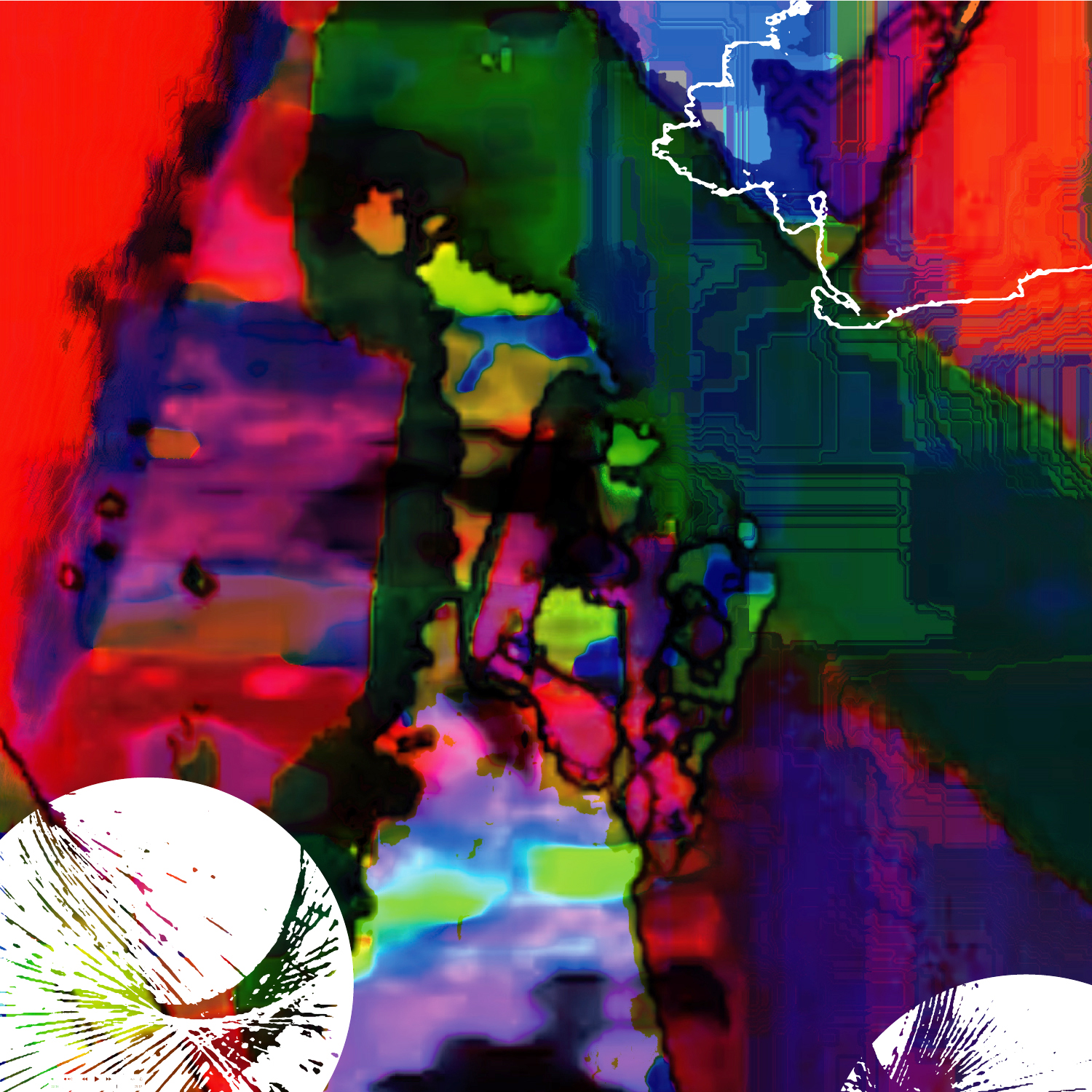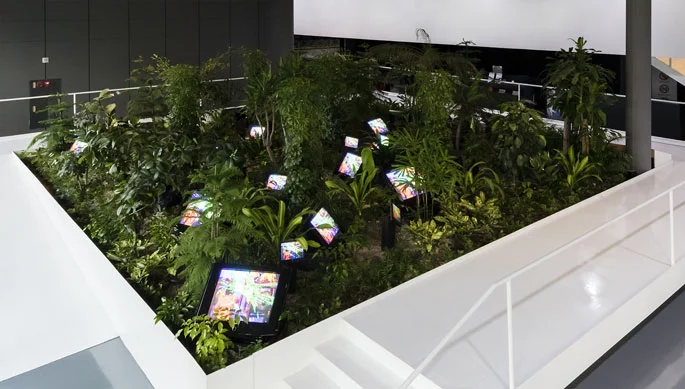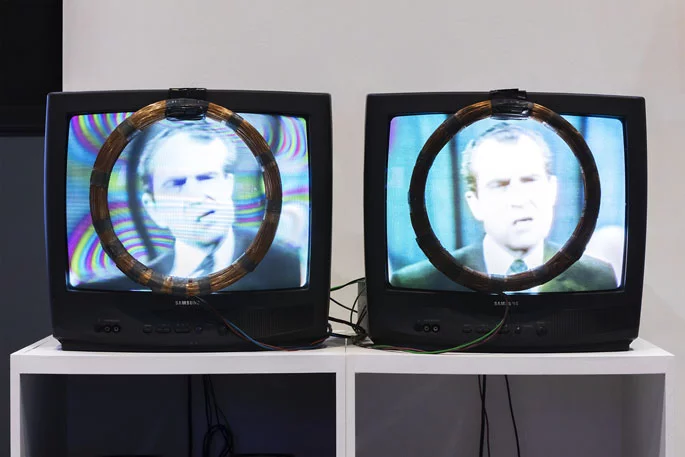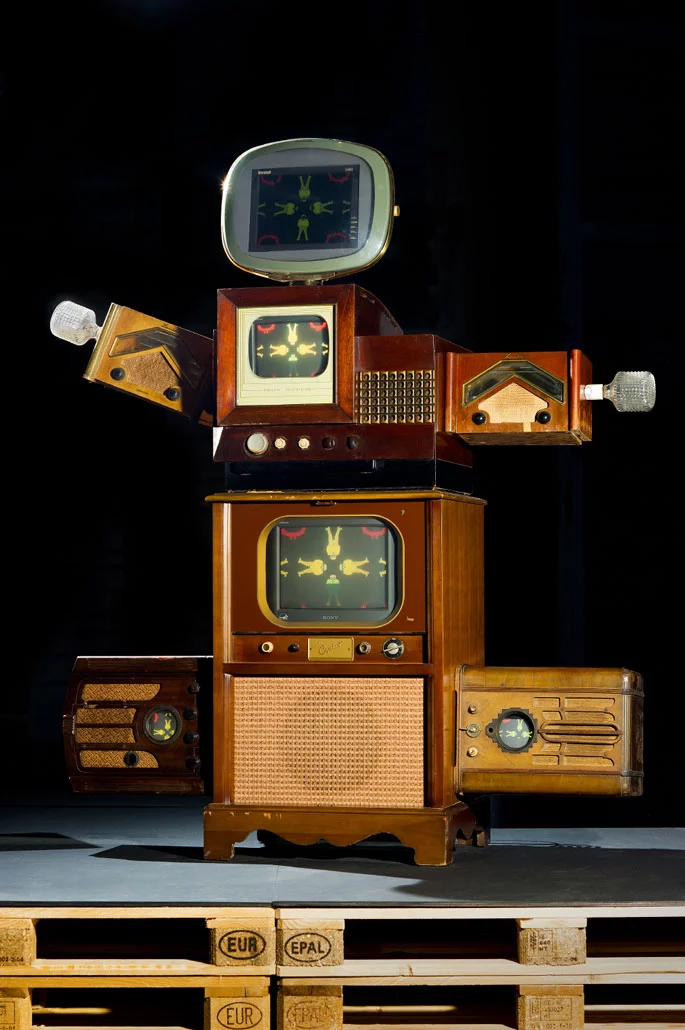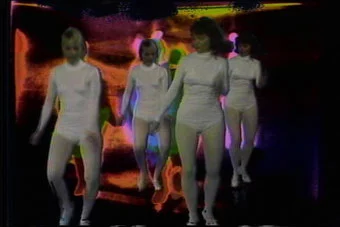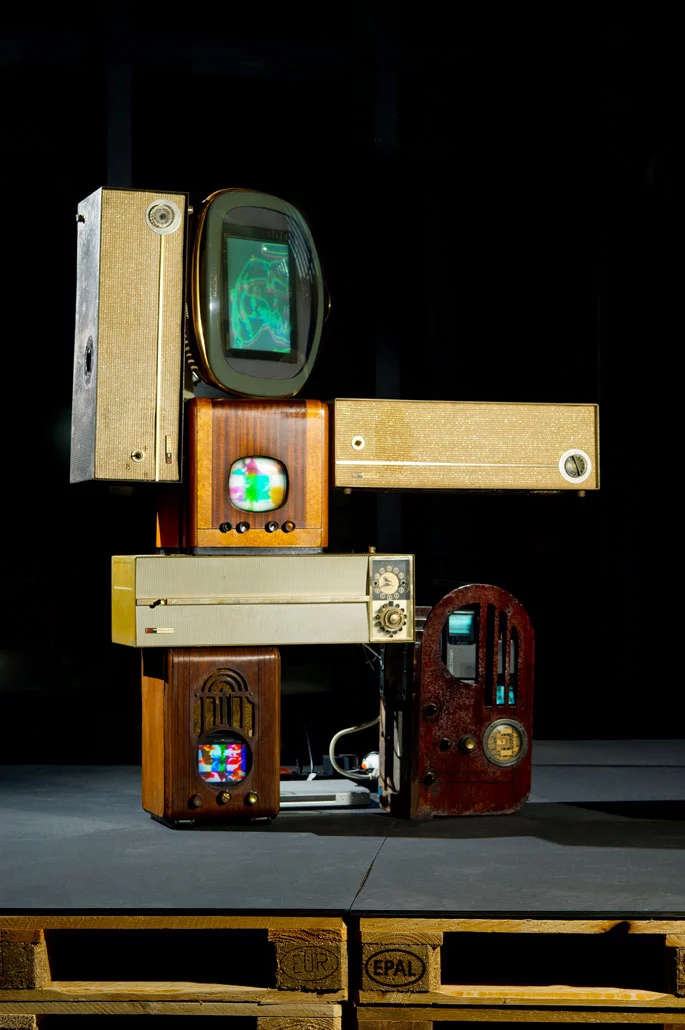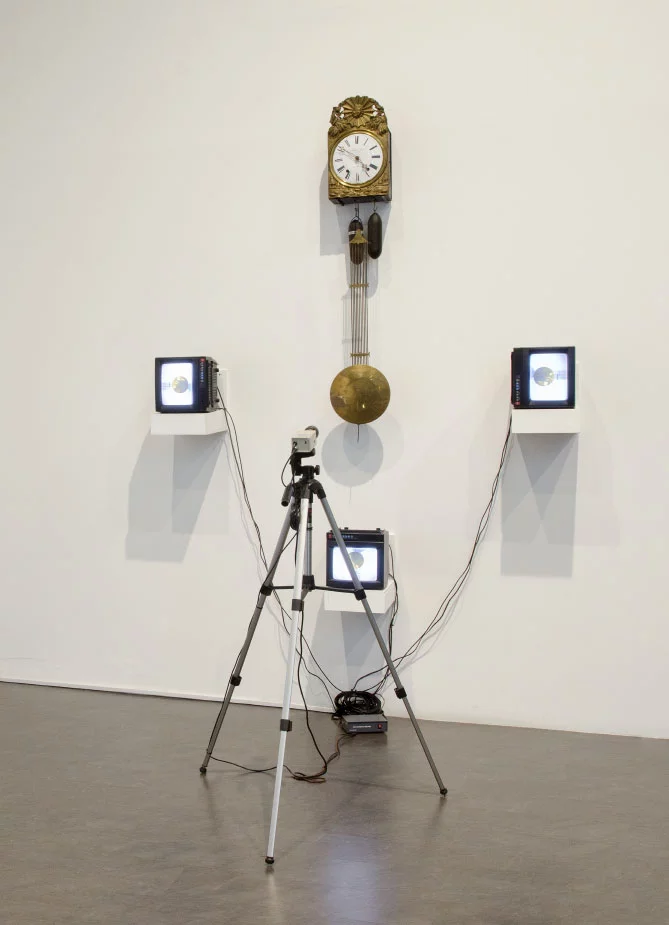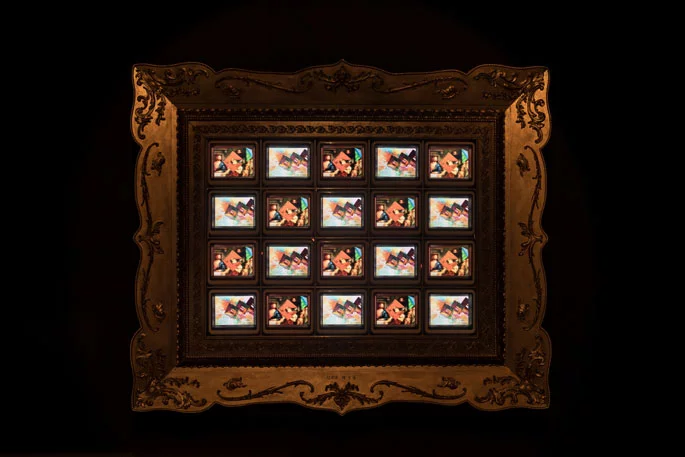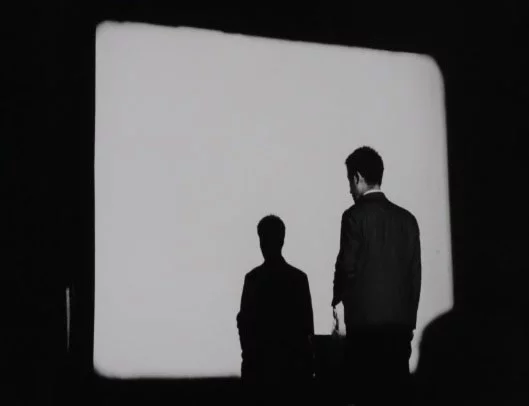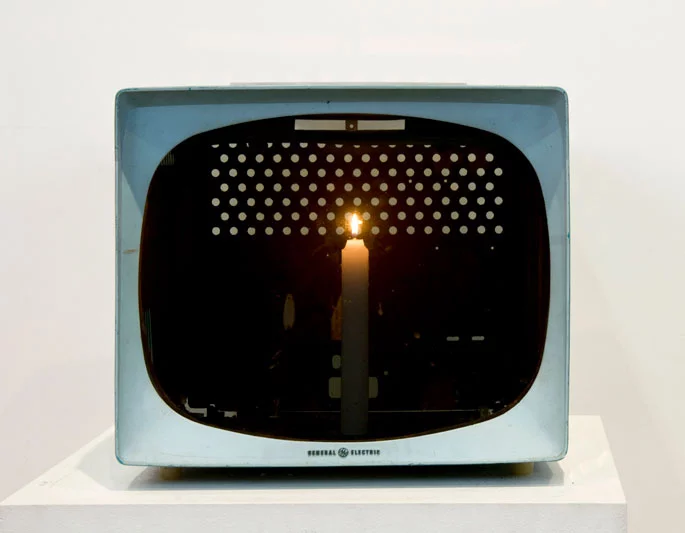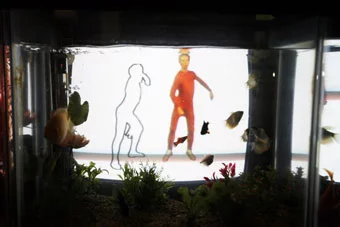Nam June Paik Art Center (Director: Jin Suk Suh) is holding the 2019 Nam June Paik exhibition under the title <Nam June Paik Media ‘n’ Mediea> from February 16, 2019 to February 20, 2020. The title was inspired by “video, videa, and videology”, the terms coined by Paik to discuss the ontology of video art. The exhibition <Nam June Paik Media ‘n’ Mediea> explores the messages of Nam June Paik’s media, which keenly captures the society of his time and envisages a new future through artistic intervention in technology, thus remaining relevant to this day. In this way, the exhibition presents the artistic goals that he strove to reach through his experiments with media, which opened a new horizon for arts with videos.
“Like McLuhan say, we are antenna for changing society. But not only antenna 〔…〕 My job is to see how establishment is working and to look for little holes where I can get my fingers in and tear away walls.” (Nam June Paik) Calvin Thomkins, “Video Visionary”, The New Yorker, May 5, 1975, p. 79.
The exhibition, that features the major collection of the Nam June Paik Art Center, evolves around <Global Groove> (1973), Paik’s work that he referred to as “a kind of imaginary video landscape that anticipates what is going to happen when all the countries in the world become interconnected via cable television.” The video aired by WGBH, a public radio station located in Boston, Massachusetts, gives a glimpse into his vision of a world where video would serve as a medium promoting the mutual understanding of different cultures even before the advent of satellite broadcasting and Internet communication technologies. In other words, Paik made a collage of songs and dances around the world, envisaging the future in which cultures would spread through a “video common market,” as if foreseeing the changes that would be brought by YouTube in the present day. Paik continued his artistic pursuit in the international socio-political environment of the late 20th century, filled with the tension of the Cold War after the two World Wars and Vietnam War, and dreamed of a future society where world peace would be attained through communication, or, as critic Irmelin Lebeer noted, “a transparent society after World War II, a society in solidarity on the basis of international mutual understanding, that is, without wars.”
The exhibition presents the multi-phased experiments with the television and artistic explorations performed by Paik, a “global man,” that correspond with his great vision embodied by electronic media. <Nixon TV> that first greets audiences as they enter the exhibition hall is part of the media analysis of the artist who perceived the television as a means of two-way communication and steadily experimented with it. The electric currents flowing on TV monitors distort the facial images of former US president Richard Nixon and create comical images from it. Next to it is the footage of Paik’s solo exhibition <Electronic Art II> held in 1968 that features his work <Caged McLuhan>. In this work, the variation of the face of the media theorist Marshall McLuhan hints at the complementary relationship between Paik and McLuhan who provided an insightful analysis of media in his book <<Understanding Media>>. The work also helps understand the messages of the media of Paik who sought two-way variations of the television through his artistic intervention, rather than use it as a one-way medium, in connection with McLuhan’s concept of “media as messages”.
The main space of the exhibition hall is reminiscent of a huge living room, designed with “a future video landscape” that Paik creamed of in mind. Sitting on a large bench placed in this space, audiences can see <Fontainebleau>, a media painting in which cathode ray tubes replace oil paintings on their left, as well as <Swiss Clock>, that shows an immaterial, non-linear time on its both sides. In front of them, <Global Groove> is screened through the multivision and on both sides of it are <Charlie Chaplin> and <Bob Hope>. In a corner room, <Candle TV>, Paik’s work about light as the first medium that gave birth to human civilization. In this space reminiscent of today’s daily living space surrounded by household AI systems and screens that can be accessed at any time, audiences understand how media, such as light, film, electricity, radio, radio waves and television have changed the landscape of human lives.
Before leaving the exhibition hall, the audience have a chance to explore Paik’s vision of a futuristic landscape to be brought by global, mutual communication through “electronic highways,” appreciating his first satellite video experiment <Documenta 6 Satellite Telecast> and <The Rehabilitation of Genghis-Khan>. It is expected that this exhibition will provide an opportunity to reflect on the messages of media for the present and future of human lives in light of the artistic insights of Paik, a “media visionary,” in this era where technology and media are rapidly changing the environment and mode of our everyday life more than ever.





